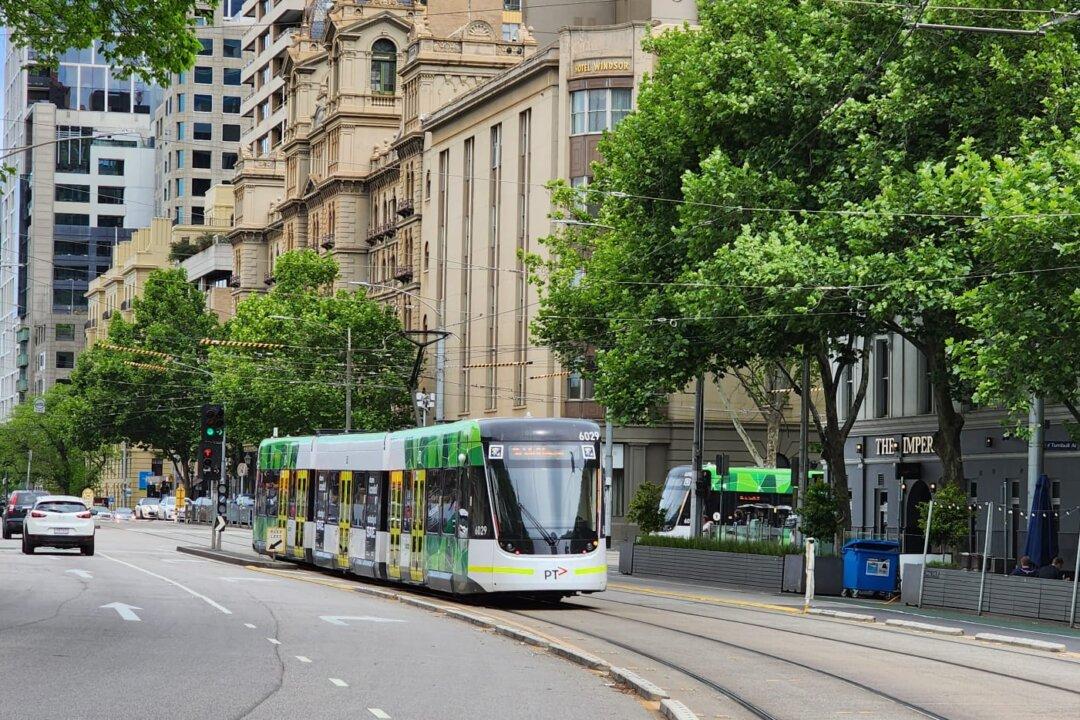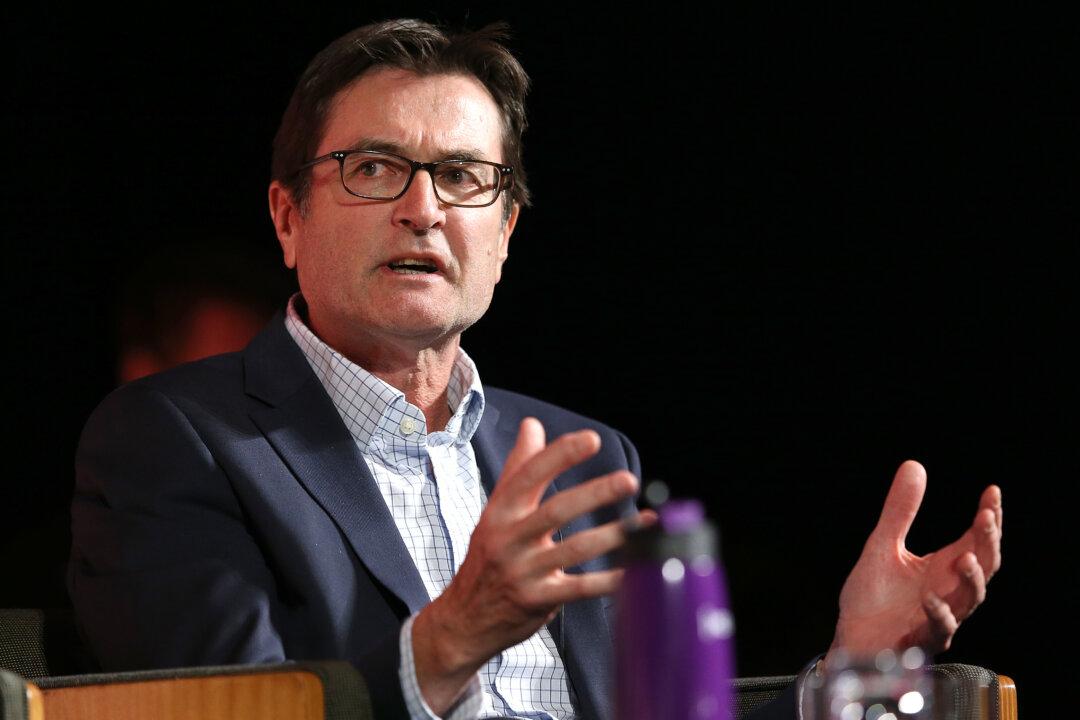Some of Australia’s most prominent business leaders are aiming to put pressure on federal and state governments to implement urgent reforms to solve the nation’s housing affordability crisis.
Julie Coates, CEO of CSR—a leading supplier of building products—articulated her view that the problem constitutes a supply issue and that the government has a role in alleviating supply constraints to place downward pressure on property prices.





